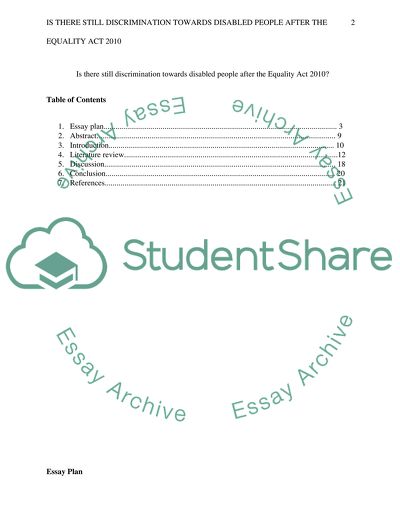Cite this document
(“Is There Still Discrimination Towards Disabled People After the Equali Dissertation”, n.d.)
Retrieved from https://studentshare.org/law/1484046-is-there-still-discrimination-towards-disabled
Retrieved from https://studentshare.org/law/1484046-is-there-still-discrimination-towards-disabled
(Is There Still Discrimination Towards Disabled People After the Equali Dissertation)
https://studentshare.org/law/1484046-is-there-still-discrimination-towards-disabled.
https://studentshare.org/law/1484046-is-there-still-discrimination-towards-disabled.
“Is There Still Discrimination Towards Disabled People After the Equali Dissertation”, n.d. https://studentshare.org/law/1484046-is-there-still-discrimination-towards-disabled.


